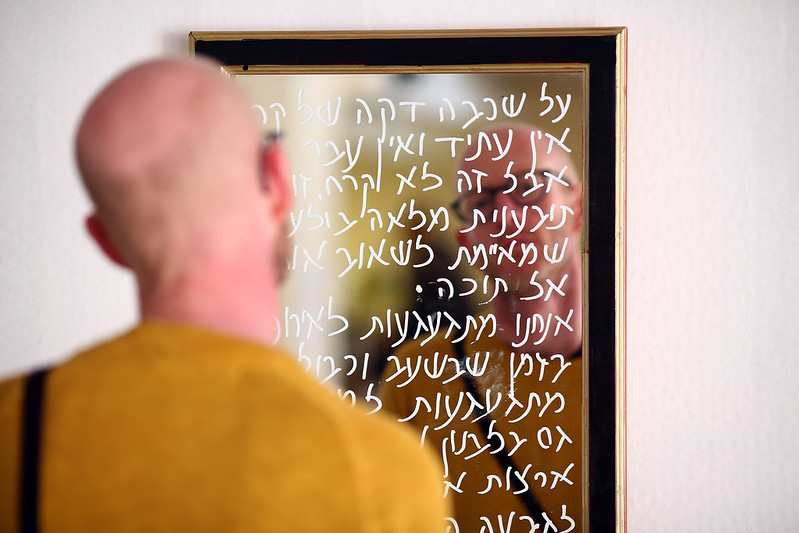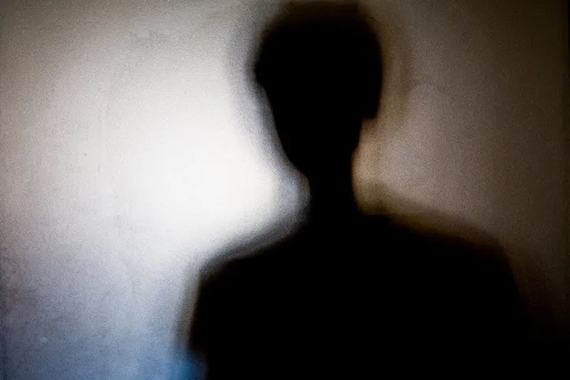Our Work in Human Rights: Artistic Outputs
The Human Rights Initiative (HRI) supports interdisciplinary human rights-based research by providing direct funding to University of Minnesota faculty engaged in this work. The effort, which is a collaboration between the College of Liberal Arts (CLA) and the Humphrey School of Public Affairs (HHH), seeks to strengthen the human rights practice and profession by championing groundbreaking engaged research. This 5-part series will showcase a handful of the accomplishments of these projects.
When examining the multitude of achievements of the HRI projects, significant policy and academic outcomes are worth noting. Yet several projects set out with another type of goal: To center creative artworks and performative pieces as forms of advocacy that strengthen the human rights field. Such artistic works included original podcasts, short documentary films, and close collaborations with artists to create unique illustrations used while conducting fieldwork.
An example of one of these projects is Sonja Kuftinec (Theater Arts and Dance) and Avigail Manneberg’s (Art) project: A Contested Home: Memory, Commemoration and Rights around Forces Migration of Palestinians in the Galilee. In this project Professors Kuftinec and Manneberg used artistic representation to foster dialogue between two groups who have a long and contentious history: Palestinians with Israeli citizenship and Jewish Israelis.
Kuftinec and Manneberg’s project focuses on the story of the region in the Galilee. In 1948, Palestinans with Israeli citizenship (PICs) living in the village of Mi’ar were forced to flee their homes after the 1948 war, and their village was destroyed. In 1974, Israeli Jews would come to settle in the same location, and build a new village called Ya’ad. Today, these Jewish Israelis and their descendants still call this village their home, while PICs from the former Mi’ar and their descendants live in an area close by. However, the two populations are separate in ways both metaphorical and physical. The village of Ya’ad at present has a large structural divider around it, effectively cutting off the two different groups from one another.
From April-June 2018, Kuftinec and Manneberg worked with an interdisciplinary and intergenerational group of 15 Jewish Isreali artists from the town of Ya’ad to develop an exhibition and public art installation known as the Ya’ad Workshop. They explored the origins of their own agenda’s with relations to “home” by questioning the idea of Zionism. This group moved through an intensive workshop encountering Palestinian testimonies in various ways including lectures, discussions, and artistic prompts. The prompts worked to “re-externalize” Palestinian testimonials and to grapple with the complex ethical dynamics of taking on the story of the other. The work culminated in a 3-day exhibition with the artists and community members which included numerous Ya’ad residents and invited Mi’ari guests. By the final day, more than 150 people were in attendance as word of mouth drew people out of their homes.


The workshop resulted in individual transformations, powerful realizations, and the development of projects focused on redressing selective amnesia and recognizing Palestinian people, stories, and rights in the present moment. Projects that emerged from the workshop included designing a multi-layered interactive map that would integrate erased names of locations around Ya’ad and Mi’ar; creating a platform for elderly people from Mi’ar to tell their stories to young people from Ya’ad; and mapping a trail of the area to be connected with audio where specific testimonies will be provided via cellular/web connection.
To learn more about the Human Rights Initiative and its results, visit this page and tune in for the next installment of this series.
This article was written with information provided by Sonja Kuftinec and Avigail Manneberg, and quotes a previous write-up on their work by Haley Drozdowski.



